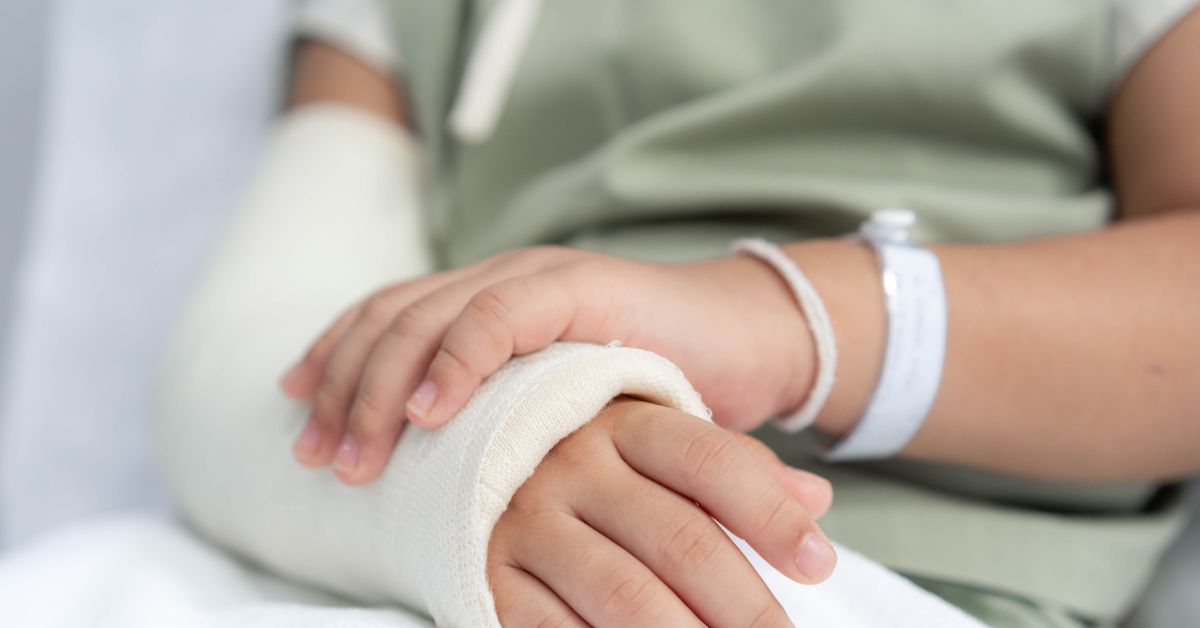Bunions, athlete’s foot, toenail fungus and gout. Most of us can admit that we’ve run into a foot problem, or two. While feet may not be the most glamourous thing to talk about, it is important that we address and take care of this important, yet often neglected, part of our body. Here are some of the most common foot problems and how to avoid them.
1. Bunions
Bunions are a pesky problem that many people deal with. When your big toe goes up against the neighboring toe, the joint of your big toe starts to get bigger and stick out—-ouch! Did you know that smaller bunions exist, too? Yes, you can have bunions on your little toe. So, you’re probably wondering what causes bunions and how to avoid them.
Causes and risk factors: Wearing tight, narrow shoes (high heels and ill-fitting shoes); inherited structural defect; rheumatoid arthritis; heredity.
2. Athlete’s Foot (Tinea Pedis)
Sometimes, fungus likes to hide between the toes or on the bottoms of the feet due to the warm and moist environment. When this happens, it is referred to as athlete’s foot or tinea pedis. Athlete’s foot is a common condition often caused by sweaty feet within tightfitting shoes. A red, scaly rash may also accompany the fungus. Itching typically occurs after removing your shoes.
Causes and risk factors: Spread by contact with infected person; contaminated surfaces; men are more at risk; wearing damp socks, wearing no shoes in public areas.
3. Blisters
Remember purchasing that new pair of shoes and then regretting it later on as you saw and felt a painful, fluid-filled bump on your heel? If you’ve ever purchased new shoes you may be able to relate to this frustrating feeling of a blister. So, how can we avoid this common problem? Try breaking your shoes in in advance, using a dry agent and wearing sock with your shoes are all ways to help prevent blisters.
Cause of blisters include: Bug bites, contact dermatitis, and even cold and heat. However, the most common cause is friction.
4. Toenail Fungus
A common problem, toenail fungus is an infection that comes from a cut in your skin or a crack in your nail. Just like athlete’s foot, toenail fungus can be caused by damp, warm environments for your foot. When the fungus grows or spreads it can cause your toenail to change color. When this happens it gains white spots, a yellowish color and can even thicken. Sometimes, the nail may split, become brittle or distorted in shape, and the fungus grows around the skin.
Causes and risk factors: history of athlete’s foot; weakened immune system; being older; sweating heavily; minor skin or nail injuries; diabetes; circulation problems.
5. Gout
Gout is a type of arthritis that can affect anyone. Gout is common and comes without warning. These types of attacks can be very painful. If you’ve ever experienced gout, you’d probably describe this as a painful sensation at the base of your big toe that woke you up at night (though gout can occur in other joints as well). Other symptoms include redness, warmth, swelling, and tenderness at the joint. While symptoms come and go, it’s important that you see a doctor for sudden intense pain. Left untreated, gout can cause more pain and damage.
Causes and risk factors: high levels of uric acid; diet; obesity; medical conditions; family history
While many of these foot problems can be managed, it’s always important that you seek medical attention for anything that does not heal with at-home care or show signs of bacterial infection, such as pain, swelling, red streaks, pus or fever.
If you have foot trouble that you’re concerned about, make an appointment with your primary care doctor. Don’t have a primary care doctor? Visit mercy.com to find one today.






